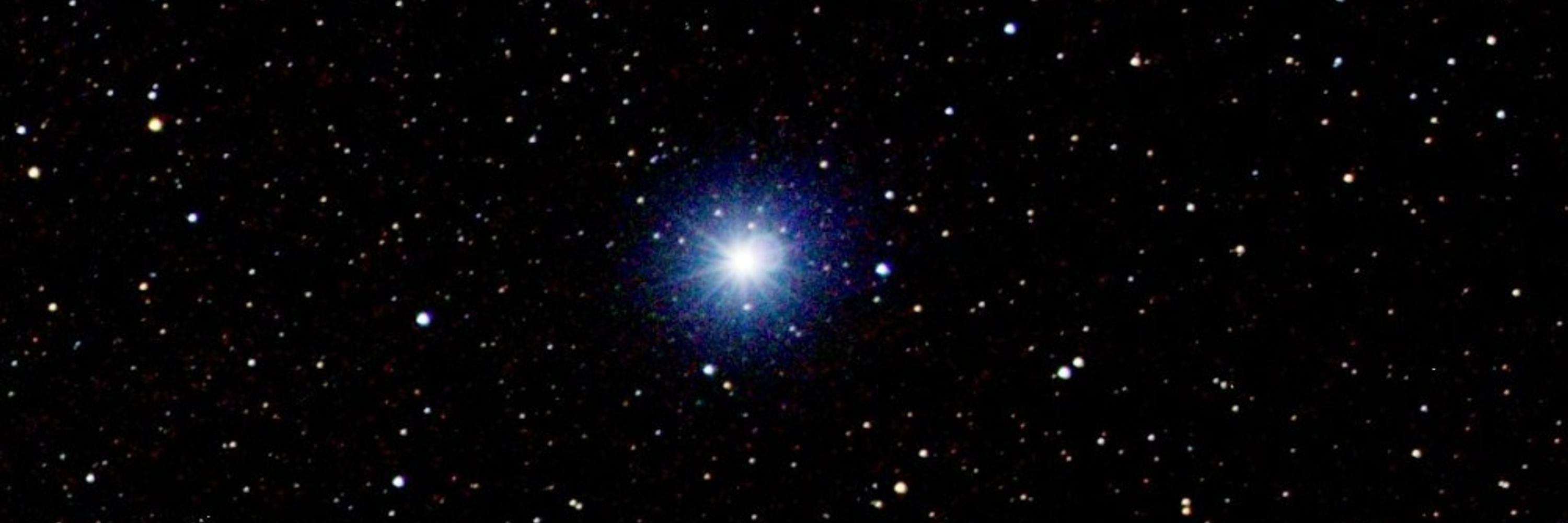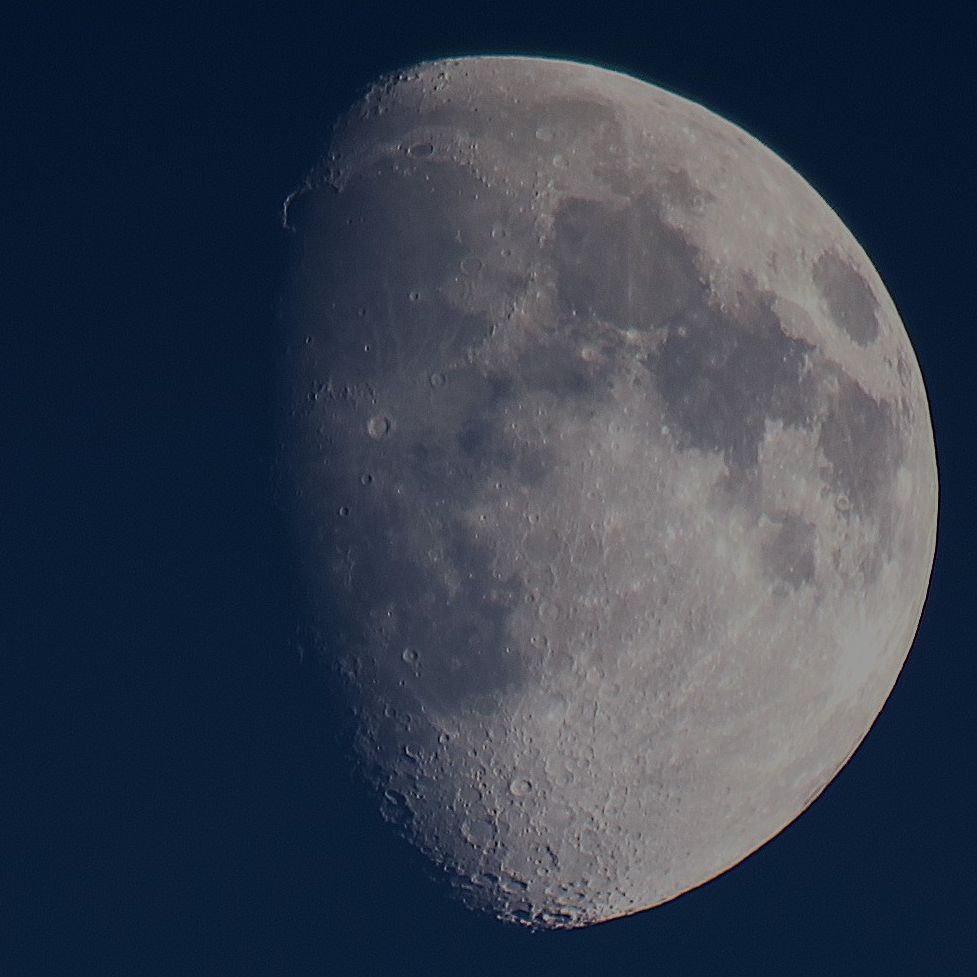




Here's a teaser of what's to come 👇
🔭 🧪
Here's a teaser of what's to come 👇
🔭 🧪



@jackiebranc.site, @kevinmgill.bsky.social, @stim3on.bsky.social, @andrealuck.bsky.social, @landru79.bsky.social do you have a favourite image from this year?
If you want to propose your favourite planetary science image of 2025, place it below with a link to the source and when it was published.

@jackiebranc.site, @kevinmgill.bsky.social, @stim3on.bsky.social, @andrealuck.bsky.social, @landru79.bsky.social do you have a favourite image from this year?
🥇 "spac" (1 times)
🥈 "suck" (1 times)
🥉 "poo" (1 times)





#photo #photography #bluesky #thephotohour #nature #landscapephotography #minimal #Joy #skyphotography




